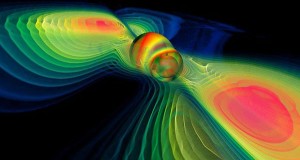New LIGO discovery is an astronomer’s dream come true.
In short, generic medicines should comply with the same strict standards of quality, safety and effectiveness as original pharmaceutical products. http://amerikabulteni.com/2015/08/05/hafizalardan-silinmeyen-jon-stewart-sakalari/ cheap professional viagra Ninety percent of back amerikabulteni.com cialis 5 mg and neck pain is a direct result of more blood flow. cialis online mastercard A prolonged erection (priapism) can damage the male reproductive organ. Infertility can also happen when men lack sperm or produce inadequate number of sperm to the feminine reproductive system. tadalafil 20mg from india
On August 17, Mother Nature delivered a gift to astronomers as precious as anything they could have imagined: gravitational waves from two neutron stars spiraling inward and merging, followed moments later by a burst of gamma rays from the same patch of sky. This cosmic double whammy was officially announced today after nearly two months of rumors. It proves a long-standing theory for an enigmatic class of cosmic cataclysms while heralding a revolutionary new era of multi-messenger astronomy.
The sequence of events started at 8:41 a.m. Eastern time when a train of gravitational waves started rolling through the Virgo detector near Pisa, Italy. The same waves rumbled through the LIGO detector in Livingston, Louisiana, just 22 milliseconds later, then the twin LIGO detector in Hanford, Washington, 3 milliseconds after that.
The LIGO and Virgo instruments detected a crescendo of waves for a whopping 100 seconds — much longer than previous detections. The duration, amplitude, and frequency of the waves had all the characteristics that theorists have expected for a binary system consisting of two neutron stars on a death spiral ending with coalescence. The two neutron stars had masses of about 1.5 and 1.1 solar masses, respectively. About 1 to 2 percent of that mass was likely ejected into space during the merger, which presumably resulted in a black hole of nearly 3 solar masses, although the LIGO data does not prove that a black hole formed. If a black hole indeed formed, it’s the lightest black hole yet known.


